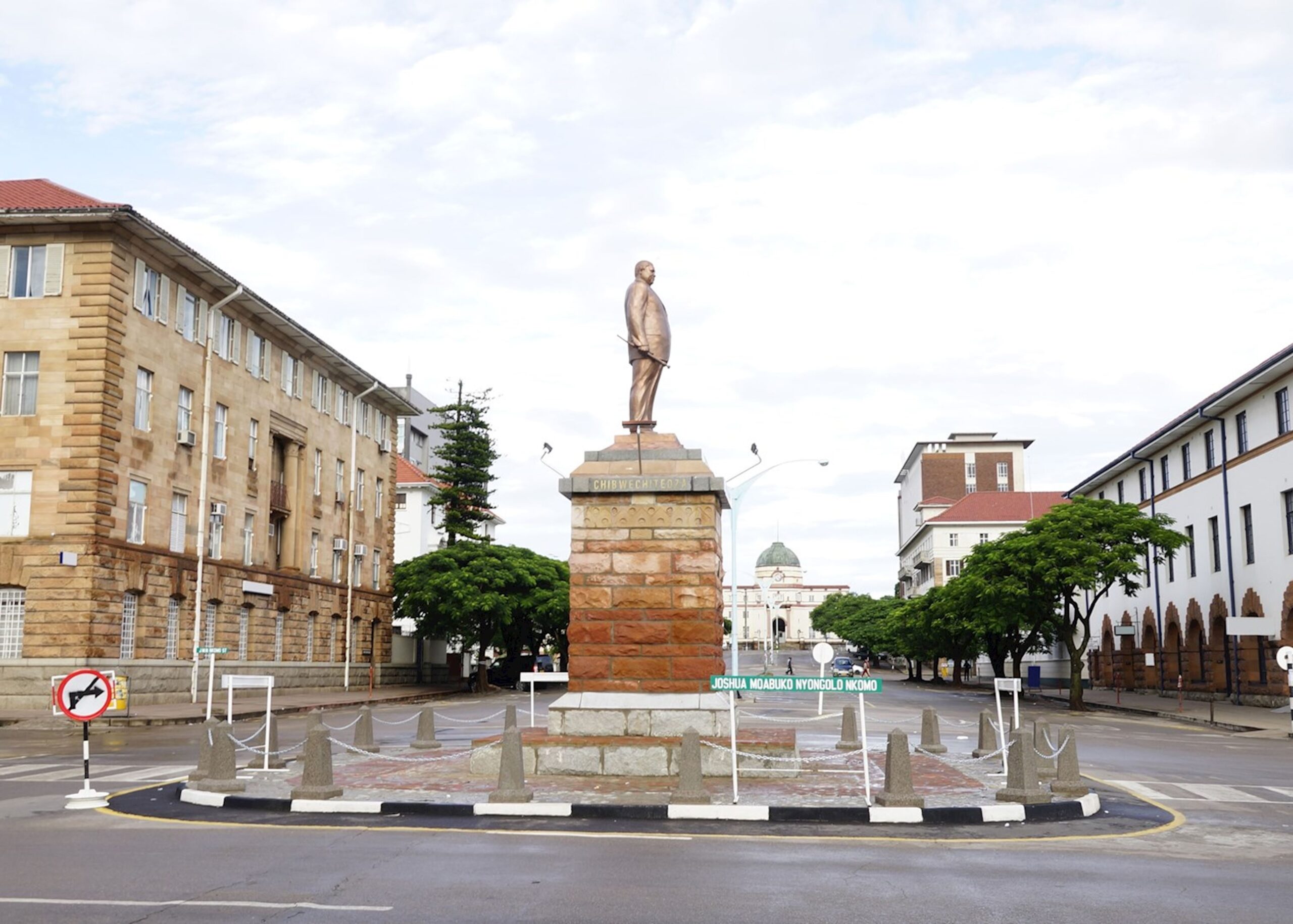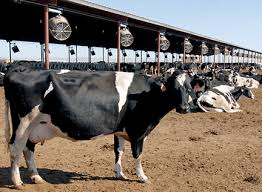Milk output grows 9 percent
Zimbabwe’s milk production rose 9 percent to 90,31 million litres during the 11 months to November 2023 from 83,06 million litres in the comparative period in 2022, latest data shows.
Statistics from the Ministry of Lands, Agriculture, Fisheries, Water and Rural Development’s Dairy Services Department, show that the country’s milk intake by processors went up 11 percent in the first 11 months of 2023 to 83,02 million litres from 74,95 million litres previously.
Retail milk production, however, declined by 10 percent from 8,11 million litres in the same period in 2022 to 7,28 million litres. Average milk output for the period under review stood at 8,21 million litres.
In prior period of 2022, the country’s average milk output stood at 7,55 million litres.
November 2023 milk output rose 15 percent to 9,32 million litres, compared to 8,07 million litres in November 2022.
At 9,32 million litres, November 2023 output is the highest so far, followed by 9 million litres produced in October 2023.
Players in the dairy sector lowered their annual milk output to 100 million litres from 109 million litres previously owing to the high cost of production, which works against regional competitiveness.
“The downward revision was a result of various challenges experienced during the course of the year, including the high cost of production,” a dairy farmer said.
“We are on course to achieve the 2023 annual national milk volume of 100 million litres.”
The dairy sector needs about US$75 million to be fully revitalised.
Imports of milk powder have also declined from 8,9 million kg to 7,4 million kg over the same period.
If the current milk production growth rate is maintained, Zimbabwe is confident of surpassing the national milk target requirement of 150 million litres by 2025. The country requires 130 million litres of milk annually.
The country was once a net exporter of milk and dairy products, producing over 260 million litres per year at peak in the early 1990’s.
Zimbabwe Association of Dairy Farmers (ZADF) national chairperson, Mr Ernest Muzorewa, says this year the country expects an increase in milk production from 91 million litres in 2022, to about 100 million litres.
This success, according to the Ministry of Lands, Agriculture, Fisheries, Water and Rural Development, is due in part to synergies among the Government, the private sector and development partners.
The trio, through working together, have come up with policy and practical interventions that have not only generated farmer interest in the sector, but also confidence.
The Ministry said: “The interventions are part of the country’s Livestock Recovery and Growth Plan, with a deliberate effort on increasing the national dairy herd from 19 000 in 2021 to 29 000 in 2022.
“Adding that this included the Government’s private sector-funded dairy heifer programme.”
Dairy farming is important to Zimbabwe’s economy and when the agricultural industry sneezes in the country, the whole economy catches the cold.
“Until the recent increase, smallholder dairy farmers produced about three percent of the country’s milk production. Markets for milk are strong but production systems are generally inefficient, with growth coming from increases in the number of cows rather than in milk production per animal,” Mr Muzorewa said.
There are several challenges affecting the growth, viability and competitiveness of the dairy sector including low productivity, limited number of dairy animals and weak genetics in the dairy herd, high production and processing cost, limited access to affordable finance and foreign currency, high compliance cost and effects of climate change.
To bridge this gap, dairy farmers must modernise by adopting proven technologies and management systems that will increase the quantity and quality of milk they produce.-herald









